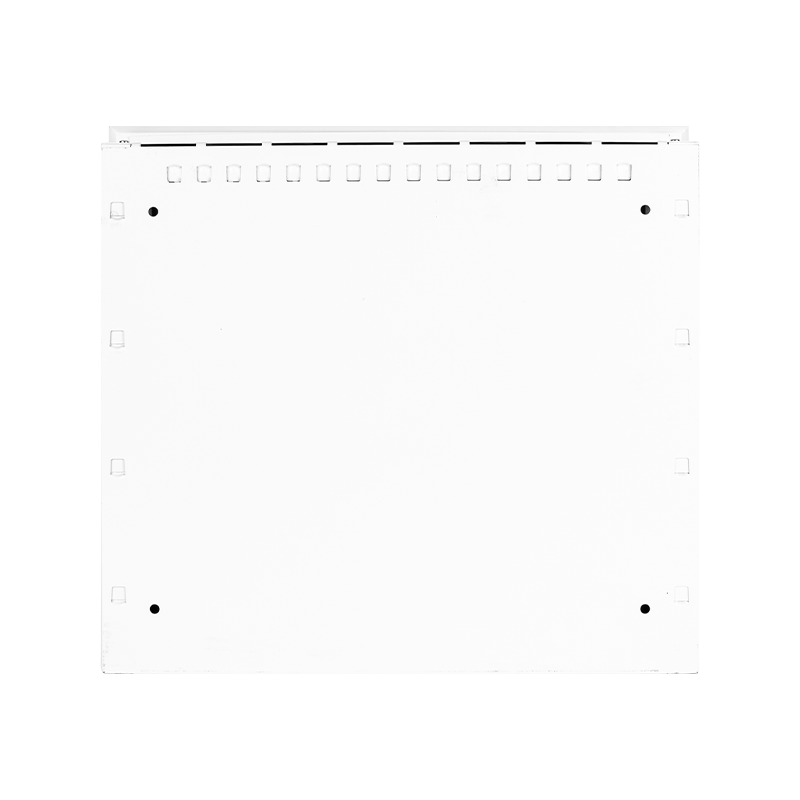An efficient underfloor heating system depends not only on intelligent temperature control but also on precise mechanical installation. When integrating an Underfloor Heating Intelligent Controller with a properly designed piping system, the role of Tube Bend Support becomes essential for maintaining smooth water flow and consistent heat distribution. Many performance issues in hydronic systems—such as uneven heating or reduced circulation—often stem from incorrect pipe bending. Understanding how the bending angle influences flow efficiency can help installers and users achieve a more stable, energy-conscious system.

Relationship Between Pipe Bending and Flow Dynamics
Water movement through underfloor heating pipes follows the principles of fluid dynamics, meaning that even small changes in the pipe’s shape can affect flow velocity and pressure. When the bending angle of a pipe exceeds the recommended range, friction increases at the inner curve, slowing the flow rate and increasing pressure loss.
Tube Bend Support provides structural guidance during installation, ensuring each curve is formed with precision and consistency. When paired with an Underfloor Heating Intelligent Controller, the overall system performs more predictably—the controller can regulate temperature efficiently because it receives accurate thermal feedback from evenly heated surfaces.
Importance of Proper Pipe Support During Installation
A common challenge during installation is preventing pipes from kinking or flattening at the bend points. These deformations disrupt circulation and create localized resistance that affects the entire heating circuit. Using Tube Bend Support effectively eliminates this issue. It holds the pipe firmly in place while allowing smooth curvature without compression.
This not only protects the pipe structure but also extends its service life by reducing mechanical stress caused by repeated thermal expansion and contraction. Additionally, uniform bends allow the heating fluid to maintain steady velocity, helping the controller’s sensors detect accurate temperature changes.
How Bending Angle Influences Heat Distribution
Underfloor heating depends on balanced heat transfer. When a pipe is bent too sharply, the inner curve restricts water flow while the outer curve experiences higher velocity. The result is inconsistent comfort across the floor.
Maintaining the correct bending angle with Tube Bend Support ensures that each section of the heating circuit contributes equally to temperature output. This mechanical precision directly benefits the controller’s ability to manage thermal zones. Because the Underfloor Heating Intelligent Controller operates based on sensor feedback, smooth and uniform heat delivery allows it to perform regulation with better accuracy. This interaction between mechanical and electronic elements demonstrates how structural details influence the system’s overall efficiency.
Preventing Flow Restrictions and Long-Term Damage
Another key consideration is the long-term impact of improper bending. Pipes under stress from excessive curvature may develop weak points that degrade over time. Properly installed Tube Bend Support helps distribute mechanical load evenly, reducing the likelihood of such damage.
From a performance perspective, unrestricted water flow ensures consistent pressure across all heating zones. This stability translates into smoother temperature transitions and reduced wear on pumps and valves. Over years of operation, the combined effect of correct bending and intelligent control helps maintain both comfort and system longevity.
Achieving Integration with Smart Controls
While Tube Bend Support focuses on mechanical precision, the Underfloor Heating Intelligent Controller enhances the system’s responsiveness. Together, they create an integrated solution where structure and automation complement each other. The controller adjusts heating cycles based on room usage, occupancy patterns, and external temperatures. When the piping network supports these adjustments through efficient flow paths, the energy output becomes more consistent and predictable.
During installation or retrofitting, technicians should ensure that each curve follows manufacturer guidelines, with Tube Bend Support positioned at critical turning points. The correct installation angle not only maintains hydraulic balance but also simplifies future maintenance or expansion. With precise bending and adaptive control, the heating system can respond effectively to user needs without excessive energy consumption.

 Language
Language













 Qigang Road, Huanghuaguitou Industrial Zone, Liu Shi Town, Yueqing City, Wenzhou City, Zhejiang Province
Qigang Road, Huanghuaguitou Industrial Zone, Liu Shi Town, Yueqing City, Wenzhou City, Zhejiang Province 



